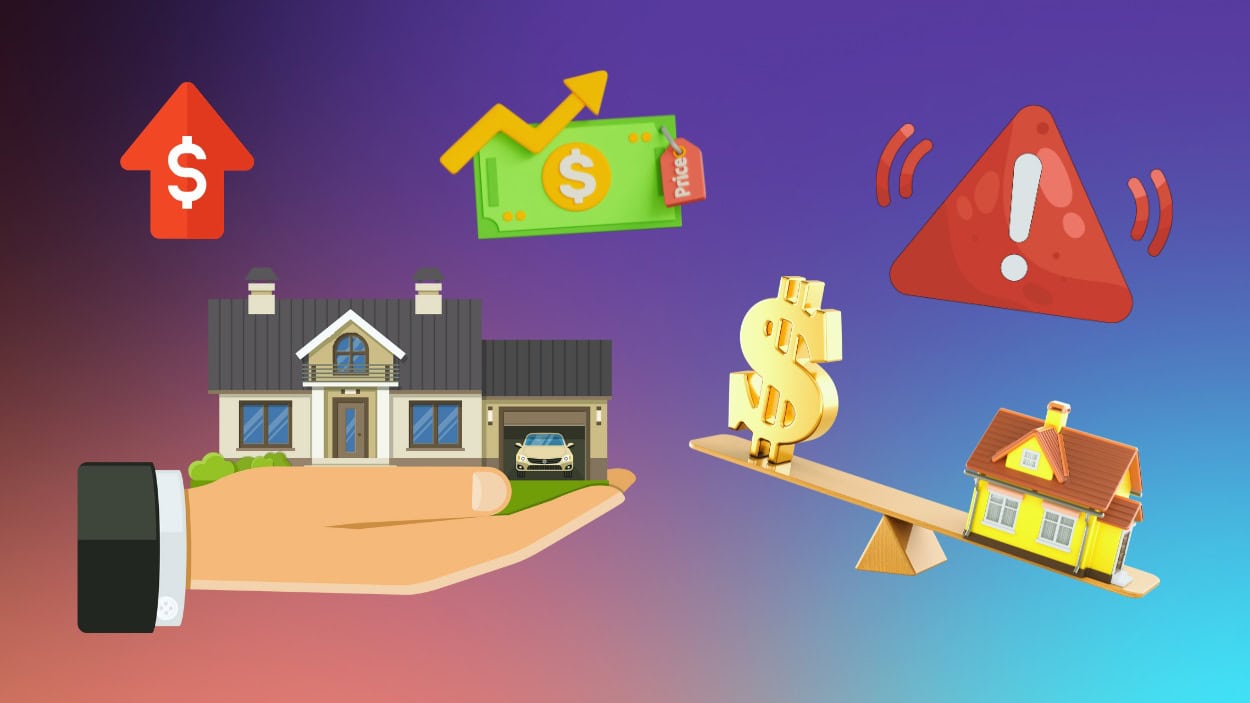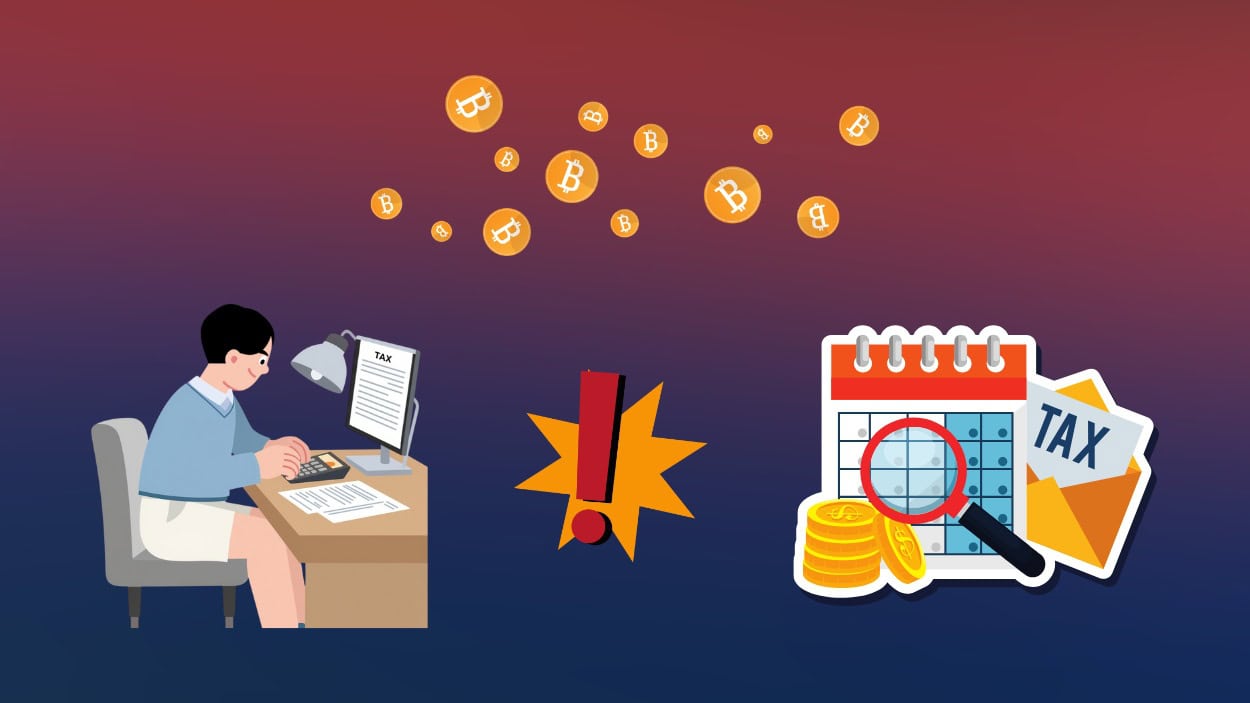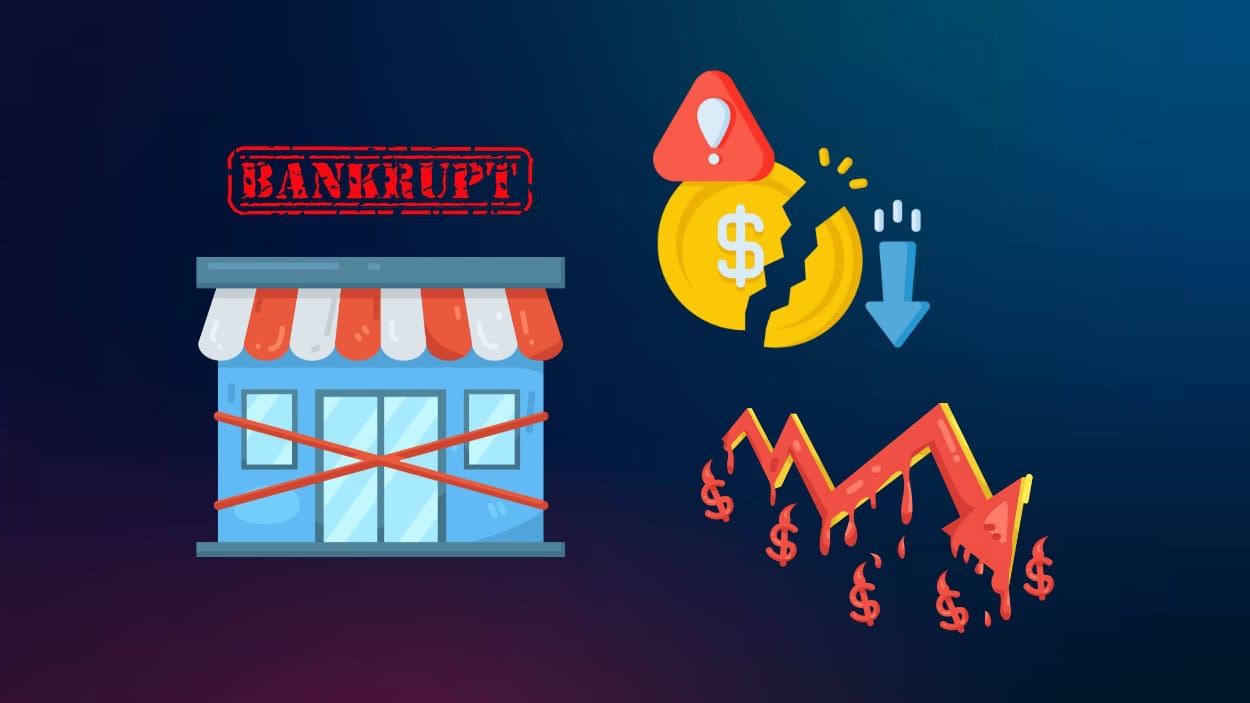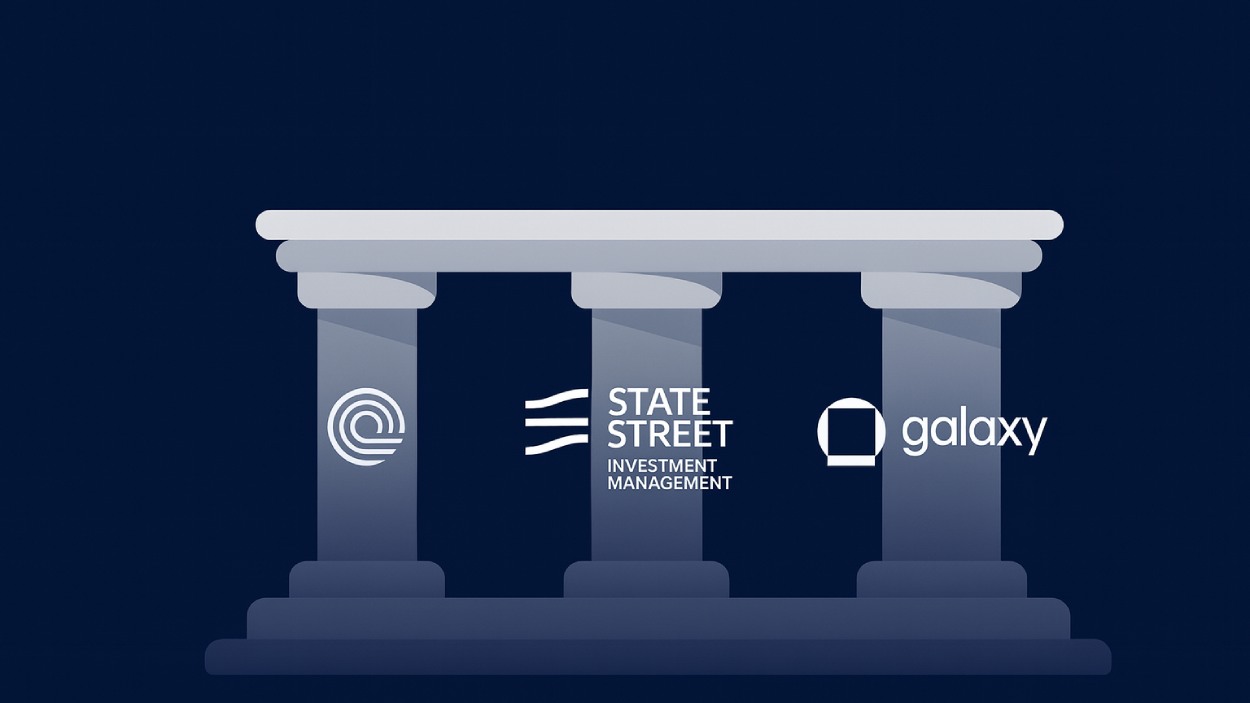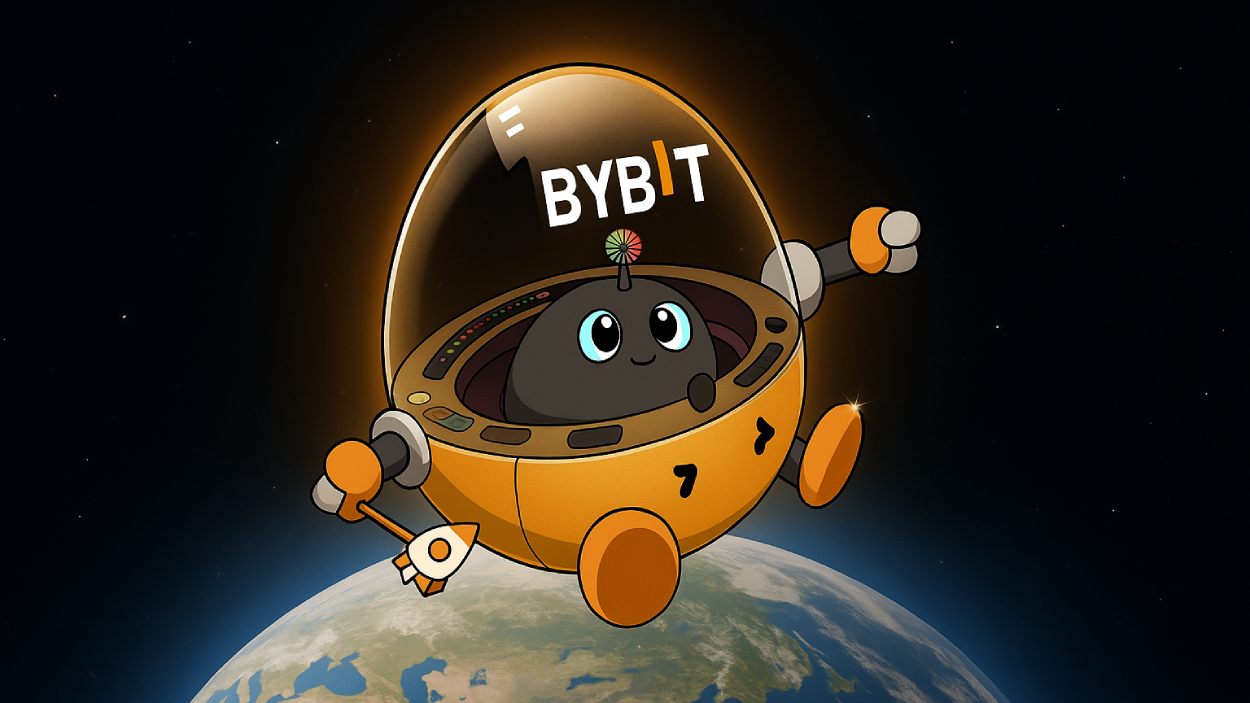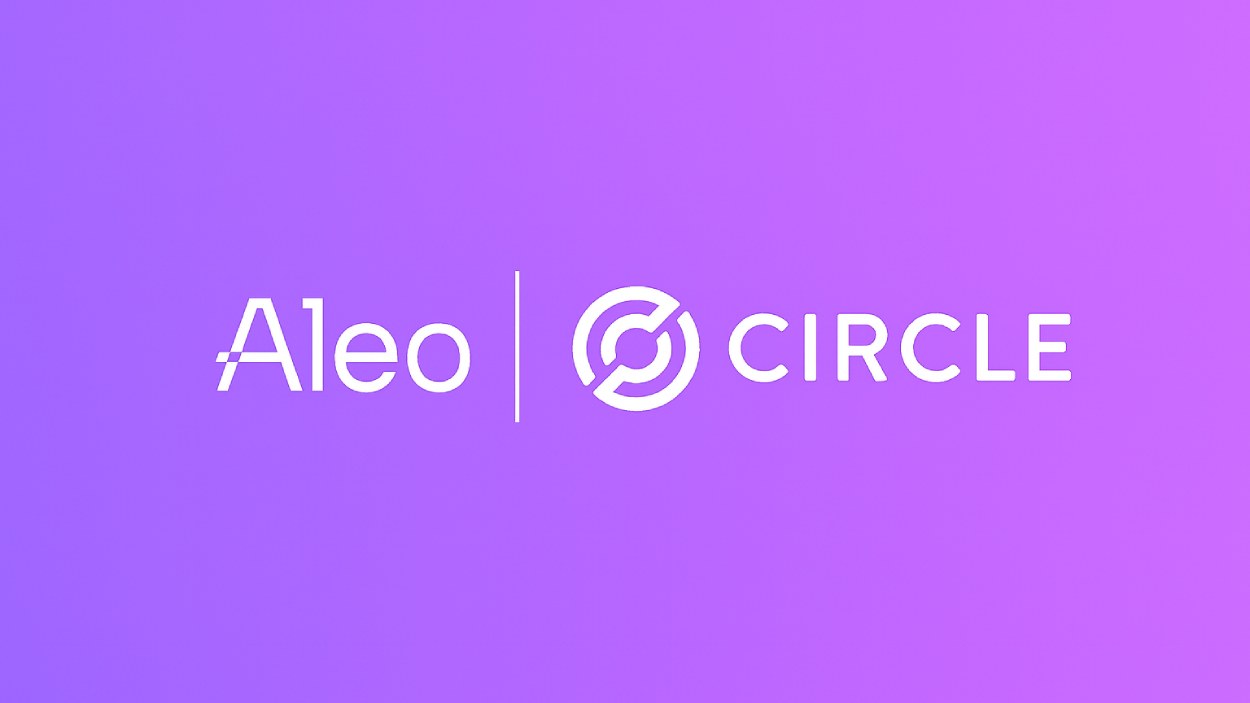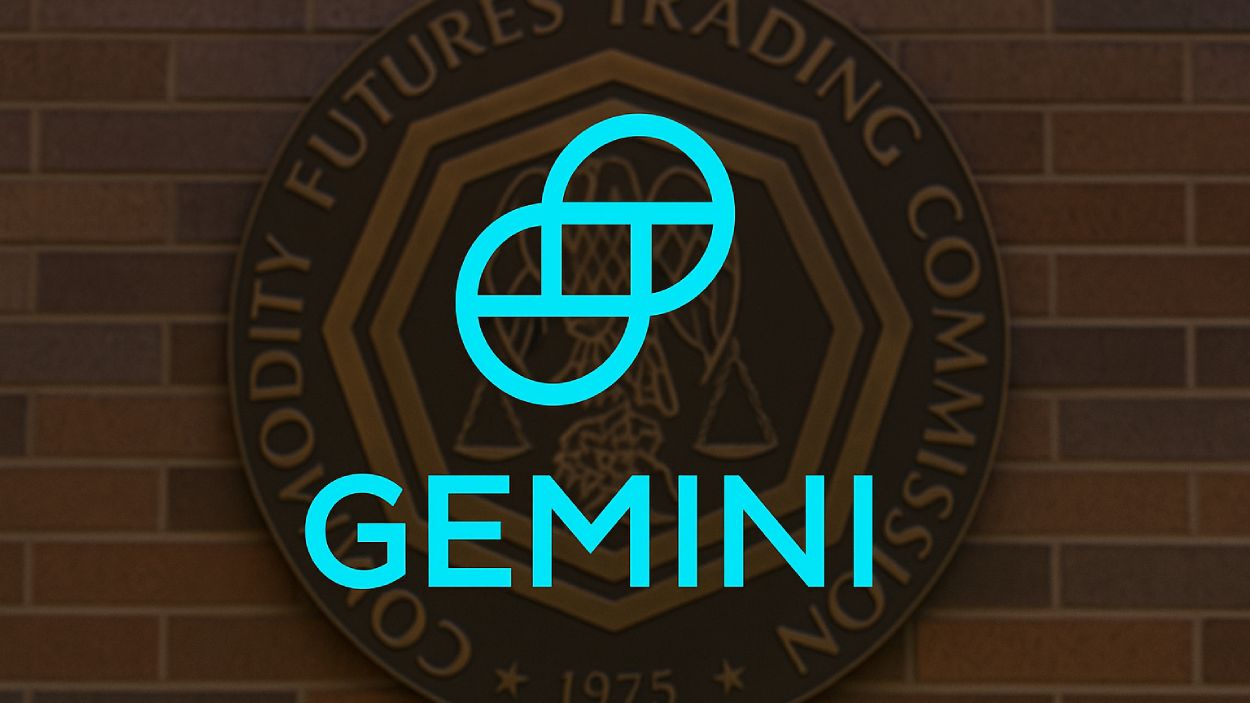Rising rebuild costs, climate-driven disasters, and overlooked policy gaps are exposing millions of homeowners to devastating financial risks. Many believe they’re fully protected, until a fire, flood, or lawsuit proves otherwise. Whether it’s underestimating your home’s value, skipping essential riders, or trusting default liability limits, these insurance missteps can cost hundreds of thousands. This article breaks down the five most expensive property insurance errors, backed by real-life case examples and dollar losses that will make you rethink your current coverage.
Key Takeaways
- A homeowner in LA faced a $2 million coverage gap after fire damage exposed underinsurance.
- Wildfire lawsuits in California show rebuild costs exceeding $2.1 million, while homes were only insured for $584K.
- Sewer backup and water overflow claims, often excluded by default, can cost $20,000–$50,000 without endorsements.
- Liability lawsuits from dog bites and injuries can easily exceed $500,000, far above most policy limits.
- Disaster-specific exclusions (floods, earthquakes, wildfires) caused multi-million-dollar claim denials in 2023–2025 lawsuits.
How to Conduct a Home Insurance Audit
A home insurance audit helps ensure your policy reflects your property’s current value, coverage needs, and risk exposures. It’s a proactive step to catch costly gaps before disaster strikes.
- Review your dwelling coverage against current rebuild costs, not market value.
- Verify that “replacement cost” coverage is selected over “actual cash value.”
- Check if recent renovations or additions have been reported to your insurer.
- Confirm the presence of inflation protection or extended replacement endorsements.
- Assess liability limits and consider adding umbrella coverage if assets exceed coverage.
- Make sure personal belongings coverage reflects new or high-value purchases.
- Schedule an annual audit reminder around your policy renewal date.
Top 5 Most Costly Property Insurance Errors
These common yet often overlooked mistakes can leave homeowners with massive out-of-pocket losses when disaster strikes. Understanding where most policies fail is the first step toward building smarter, stronger protection.
| Mistake | Real-World Cost Impact | Why It Happens | How to Avoid It |
| 1. Underinsuring/Wrong Valuation Basis | 🔥 Up to $2 million+ in rebuild shortfall (LA fire case) | Outdated coverage limits; reliance on market value instead of rebuild cost | Request replacement cost or guaranteed replacement with inflation guard |
| 2. Not Updating Policy After Renovations | 🧱 $1.5 million+ gap post-wildfire (USAA case) | Insurer not notified after upgrades; policy limits unchanged | Update your insurer after any renovation over $5K; reassess rebuild value |
| 3. Missing Riders (Sewer, Flood, Jewelry) | 💧 $20K–$50K for sewer backup (Marsh data); $1.5K cap on valuables | Homeowners assume “everything is included” | Add endorsements for sewer backup, flood, ordinance, and valuables |
| 4. Low Liability Limits | ⚖️ Settlements $500K+, defense costs $100K+ (dog bite claims) | Default policies only cover $100K–$300K | Raise base liability to $500K+ and add umbrella coverage |
| 5. No Disaster-Specific Coverage | 🌪️ Gaps of $2.2 million for wildfire victims without proper protection | Assumes standard policy covers floods, wildfires, and quakes | Buy separate flood, wildfire, or earthquake insurance if at-risk |
1. Underinsuring/Wrong Valuation Basis
Homeowners often underestimate how quickly rebuilding costs can escalate, especially during periods of inflation or material shortages. Keeping coverage aligned with real-world replacement values ensures protection that won’t erode over time.
Case/Example: In Los Angeles, homeowners sued State Farm after a fire destroyed their property. The insurer offered $1.1 million, but the contractor’s rebuild estimate came to $3.1 million, leaving a $2 million shortfall. The dispute stalled the rebuild for over a year.
Amounts/Losses:
- $1.1 million offered vs $3.1 million needed
- $2 million+ coverage gap
- Why It’s Expensive: A mismatch between the insured dwelling amount and actual reconstruction costs can create catastrophic underinsurance, especially in high-cost or inflation-hit regions.
- Notes/Take‑home: Always verify your dwelling limit reflects current rebuild values, not market value. Include inflation protection or a guaranteed replacement cost rider if possible.
2. Not Updating Policy After Renovations
Every upgrade or addition changes the profile of a property and its insurance needs. Regularly syncing your policy with these changes preserves seamless protection for your enhanced home.
Case/Example: In lawsuits tied to California wildfires, USAA policyholders claimed their insured values were based on outdated assessments. One case involved a home insured for $584,000, while rebuild quotes came back between $1.8 million and $2.1 million.
Amounts/Losses:
- Coverage: $584K
- Rebuild estimate: up to $2.1 million
- $1.5 million+ uninsured gap
- Why It’s Expensive: Major renovations and structural improvements raise your home’s replacement cost, but if your insurer isn’t updated, the policy may reflect outdated values.
- Notes/Take‑home: Notify your insurer immediately after any significant renovations. Reassess your rebuild value yearly, especially after upgrades like basements, kitchens, or solar installations.
3. Missing Riders (Sewer, Flood, Jewelry)
Optional coverages may feel unnecessary until an unexpected event reveals hidden gaps. Proactively adding them creates a shield against losses that standard policies simply don’t address.
Case/Example: According to Marsh McLennan, uninsured sewer backup claims often cost between $20,000 and $50,000, especially in urban homes with aging infrastructure. Many policies exclude or severely cap this peril without an endorsement.
Amounts/Losses:
- Avg. sewer backup: $20K–$50K
- Jewelry claims are often capped at $1,500–$2,500 without scheduling
- Why It’s Expensive: These events are explicitly excluded unless the homeowner adds optional coverage. Without riders, even covered claims may pay only a fraction of the loss.
- Notes/Take‑home: Ask your agent whether you have riders for: Sewer backup/sump pump overflow, Valuable items (jewelry, art), Ordinance & Law (for building code upgrades), and Flood/Earthquake (often separate).
4. Low Liability Limits
Lawsuits and injury claims can be unpredictable, often dwarfing basic policy limits. Expanding liability coverage offers long‑term peace of mind and safeguards future financial security.
Case/Example: In 2023, U.S. insurers paid over $1.3 billion in dog bite liability claims. One common scenario: a guest or delivery person is injured on your property, resulting in surgery and a lawsuit. Standard homeowner liability coverage may max out at $100,000–$300,000.
Amounts/Losses:
- Dog bite lawsuits: $50K–$500K+
- Some settlements: $1 million+
- Homeowners stuck with anything above their limit
- Why It’s Expensive: If legal costs and settlements exceed your liability cap, you pay the difference out of pocket, which could mean selling assets, dipping into savings, or worse.
- Notes/Take‑home: Upgrade to $500,000+ in liability coverage, and consider adding an umbrella policy for another $1–2 million in protection for just a few hundred dollars a year.
5. No Disaster-Specific Coverage
Natural disasters increasingly strike outside traditional high‑risk zones, catching homeowners off guard. Having separate, dedicated protection means your safety net remains strong no matter where you live.
Case/Example: California wildfire victims filed lawsuits against State Farm after discovering their insurance limits were millions below rebuild costs. Several had no disaster-specific coverage or insufficient extended replacement. One homeowner faced a $2 million+ gap.
Amounts/Losses:
- Gaps of $1.5 million to $2.2 million in wildfire rebuild costs
- FEMA & emergency assistance only covers a fraction
- Why It’s Expensive: Disasters like floods, wildfires, and earthquakes are not covered by most standard homeowner policies. Without special policies or endorsements, the loss is yours.
- Notes/Take‑home: Verify if you need: Flood insurance (required separately via NFIP or private insurers), Wildfire coverage (especially in high-risk zones), and Earthquake insurance, even if not mandatory.

What Homeowners Insurance Actually Covers (And What It Doesn’t)
Homeowners insurance offers broad protection, but it’s full of exclusions that can leave you vulnerable. Understanding what’s covered and what’s not is key to avoiding unpleasant surprises during a claim.
- Covered: fire, windstorm, theft, vandalism, and certain types of water damage.
- Not covered: flood, earthquake, sewer backup, wear and tear, and mold (in many cases).
- Jewelry, art, electronics, and collectibles often have dollar limits unless scheduled.
- Ordinance upgrades and building code compliance usually require an extra rider.
- Damage from pests, maintenance issues, or gradual leaks is rarely covered.
- Always request a copy of your Declarations Page to see exactly what’s excluded.
Frequently Asked Questions (FAQs)
74% were underinsured and 36% were severely underinsured, defined as limits below 75% of replacement cost.
The average cost per dog bite claim was $69,272 in 2024, with total payouts reaching about $1.57 billion across 22,658 claims.
About 68.3% of evaluated flood damage reports were outside high-risk FEMA floodplains, and 84.5% of damage reports were not within high-risk areas at all.
Uninsured sewer backup incidents typically cost $20,000 to $50,000 per event, while water or sewer backup coverage commonly costs about $50 to $250 per year, depending on limits.
Conclusion
Protecting your home goes far beyond paying premiums; it requires knowing exactly what your policy covers, where it falls short, and how your risks evolve over time. The most expensive insurance mistakes aren’t always obvious until it’s too late, but a few smart adjustments can mean the difference between financial disaster and full recovery.
Whether it’s upgrading to replacement cost coverage, adding a missing rider, or reassessing your liability limits, small proactive steps now can save you hundreds of thousands later. Revisit your policy with a critical eye, ask the right questions, and treat your insurance as a living document, not a one-time checkbox.


